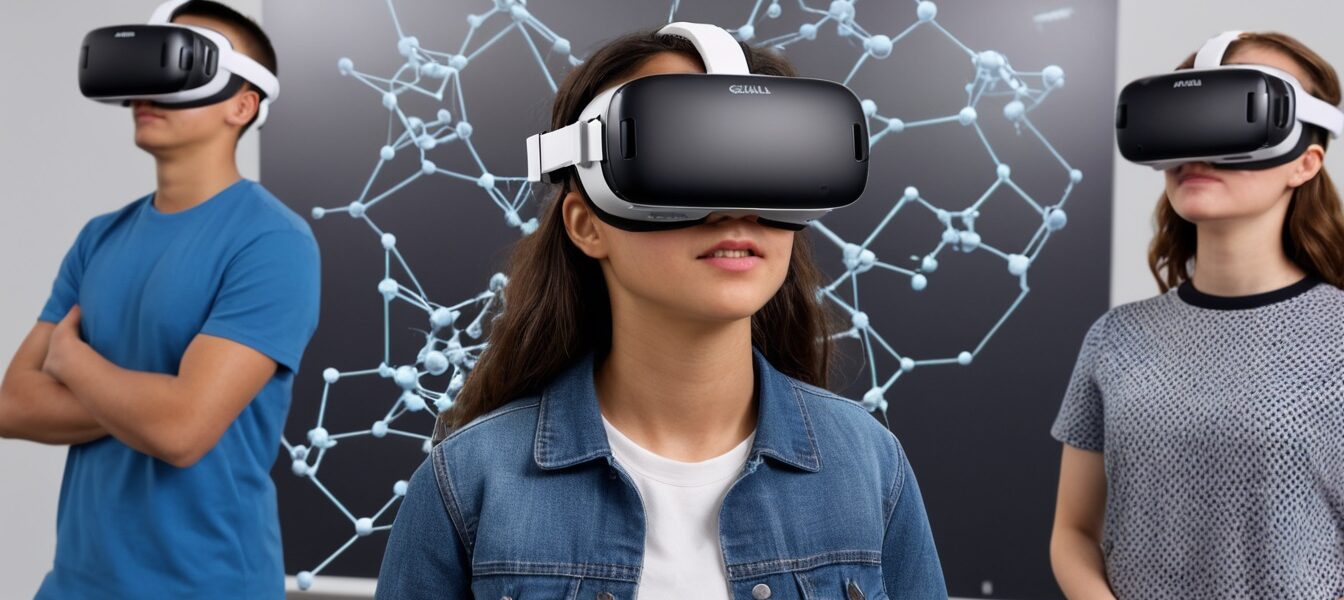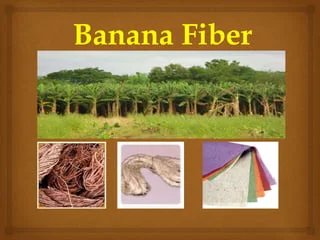Thrust Without the Need for Traditional Fuel That Defies Laws of Physics
Prof. Aécio D’Silva, Ph.D
AquaUniversity
Asymmetrical electric fields and Electrostatics propulsion play a crucial role in propellantless propulsion systems by leveraging electric fields to generate thrust without the need for traditional fuel. Here’s a detailed explanation:
The Principles of Asymmetrical Electric Fields and Electrostatic Propulsions
Asymmetrical electric fields and Electrostatic propellantless propulsions systems use electric fields to create a force that propels a spacecraft. The basic idea is to generate a net force by manipulating charged particles or fields. This can be achieved through various methods, such as using asymmetrical electric fields and electrostatics pressure to produce propellantless thrust.
What Are Asymmetrical Electric Fields?
Asymmetrical electric fields, also known as asymmetric rectified electric fields (AREFs), occur when an electric field is not uniform in all directions. This can happen in various scenarios, such as when different types of ions in a liquid have unequal mobilities, or when an oscillating voltage is applied across an electrolyte with blocking electrodes.
In these fields, the electric force on charged particles can vary depending on their position and the direction of the field. This can lead to interesting effects, such as particles following curved paths or the creation of steady electric fields from oscillating potentials.
What is electrostatic pressure propulsion?
Electrostatic pressure propulsion is an advanced concept in spacecraft propulsion that utilizes electrostatic fields to generate thrust. This method creates a voltage difference across electrically conductive surfaces, resulting in an electric field. The electric field then produces an electrostatic pressure force on the surface. If these forces are asymmetrical, they can generate a net force that propels the spacecraft.
This type of propulsion is still largely experimental but holds promises for efficient, propellant-less space travel. It could potentially enable high-speed travel within our solar system, significantly reducing travel times to destinations like Mars.
Category: Creativity
How To Set Up an Effective VR-AR Lab for a Classroom
Transforming Education with Immersive Technology
Prof. Aécio D’Silva, Ph.D
AquaUniversity
A group of enthusiastic students wearing VR headsets engaged in an interactive learning session, with a teacher guiding them through a virtual environment
Effective VR-AR Lab – In the rapidly evolving landscape of education, Virtual Reality (VR) and Augmented Reality (AR) are emerging as powerful tools to enhance learning experiences. Setting up an effective VR-AR lab in a classroom can revolutionize the way students engage with scientific concepts, fostering innovation and curiosity. This collaborative intelligence post provides a comprehensive guide on how to establish a VR-AR lab, its importance, objectives, and a detailed implementation plan.
How VR and AR Labs Support Critical-Creative Thinking in STEM Subjects
Enhancing Analytical Skills Through Immersive Technology
Prof. Aécio D’Silva, Ph.D
AquaUniversity
A group of students wearing VR headsets, deeply engaged in solving complex problems within a virtual lab environment, with a teacher guiding them through the process
Virtual Reality (VR) and Augmented Reality (AR) labs revolutionize STEM education by providing immersive and interactive learning experiences. These technologies make learning more engaging and play a crucial role in developing critical thinking skills. This collaborative intelligence post explores how VR and AR labs support critical thinking in STEM subjects, their importance, objectives, and practical strategies for implementation.
Navigating Workplace Disagreements: When You Know It Won’t Work
Understanding Conflict Resolution When You Disagree with Your Boss
Prof. Aécio D’Silva, Ph.D. e Equipe
AquaUniversity
Navigating Workplace Disagreements – Conflicts in the workplace are inevitable, but they can be particularly challenging when they involve disagreement with your boss. How do you handle a situation where you’re certain that your boss’s directive won’t yield the desired results?
This Intelligent Collaborative post provides a comprehensive guide to handling disagreements in the workplace, particularly with those in positions of authority. It’s designed to help professionals approach such situations thoughtfully and effectively.
Read moreStep by step How to make Banana Fiber to produce fabric: Everything You Need To Know
A guide to the process and benefits of making banana fiber fabric from banana tree waste
Prof. Aécio D’Silva, Ph.D
Banana fiber fabric is a natural, biodegradable, and sustainable textile that can be made from the discarded parts of the banana tree. Learn how to make it and why it is good for you and the planet.
Banana fiber fabric is a type of fabric that is made from the fibers extracted from the stem and bark of the banana tree. It is a natural, biodegradable, and sustainable textile that can be used for various purposes such as clothing, accessories, home decor, and paper. Banana fiber fabric has many advantages over conventional fabrics such as cotton, silk, or polyester. It is soft, durable, breathable, antibacterial, and UV-protective. It also helps to reduce waste, conserve water, and support rural livelihoods.
Read more






